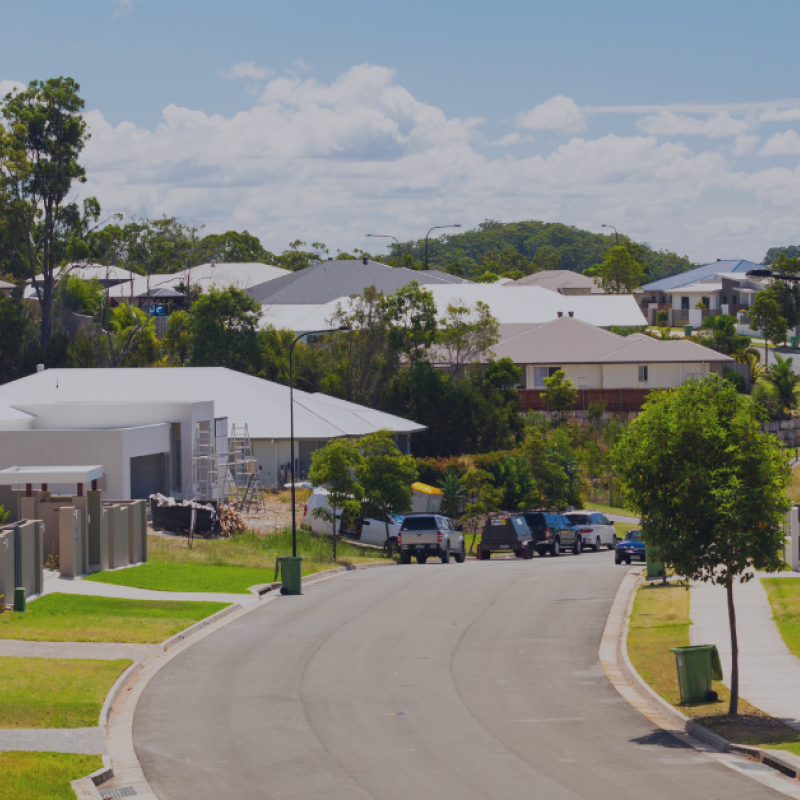Our new report shows how consumers are responding to dynamic pricing structures, like time of use and demand tariffs.
We found that few households on time-of-use or demand tariffs were being flexible with heating and cooling and hot water heating to save money. Instead, households were more likely to say they were shifting when they use washing machines and dishwashers. On average, these two appliances would likely account for no more than 10% of home energy use, indicating that the financial benefits of time-of-use tariffs are likely modest for many households.
Lower income households were more likely to say they were changing when they used heating and cooling to save money. This is potentially worrying, given the importance of keeping homes at a comfortable temperature for health benefits.
Consumer knowledge of electricity pricing and responsiveness to price signals is the second release from our December 2024 Consumer Energy Report Card survey.
households saying they just want a simple and reliable electricity service at a good price.
households that were interested in having greater choice, control, or flexibility over how they use and manage their energy consumption. These households were more likely to be higher income homeowner households with existing solar systems.
consumers who are confident they know what a retail tariff is.
the number of consumers on time-of-use tariffs who said their retailer put them on the plan.
The survey methodology is published here.
The Consumer Energy Report Card research is conducted by SEC Newgate for Energy Consumers Australia.

Our Consumer Energy Report Card is a comprehensive, independent research project, which reveals the attitudes and behaviours of thousands of Australian households and small businesses. Future reports in the series will provide in-depth analyses of key topics. Access all reports and related data here.
Looking for our Energy Consumer Sentiment and Behaviour Surveys? You can find prior reports and data up until June 2024 here.
